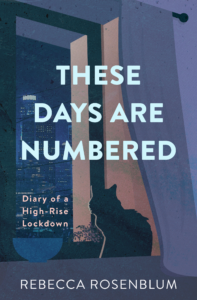March 12th, 2010
I am once again a day late (a buck short?) in posting my workshop for the week, but most of what we were working on was actually not stuff I would recommend writers over 18 do. It’s not because it’s “too elementary”–I’ve found it very useful to do things that are so basic I usually skip, like write character sketches, graph plots (if only to see that they graph as pentagrams or loop-de-loops), read dialogue aloud, etc.
But this week we were working on settings and, knowing that I mainly draw on experience for setting, and know that teenagers often have not been to a lot of different places, I brought in real-estate mags so they could look at the pictures and try to imagine where their characters would live.
This worked only sorta–kids got way too enthralled trying to find their own dream homes. Not that I blame them–that’s what I was doing the night before instead of class prep. Besides, this stuff is really too research-y to be much good–what can you really tell from a couple artfully staged photos and a floorplan? I draw almost all my settings from places I’ve been, reconfigured in my imagination to suit the characters’ lives and budgets.
But teenagers haven’t been many places, at least relatively. Although my students are a wildly international lot, I’m pretty sure that certain childhood limitations hold true–you are mainly in your family’s home, and even if you move, you’ll often move to a similar sort of dwelling. And the family and friends you visit, their homes will be in the same ballpark. What I’m basically talking about here is class–though I’m sure many people are exceptions, the way neighbourhood schools work, you see a lot of people in the same tax bracket as your own family, and so small distinctions get blown out of proportion–you think the family with a carport instead of a garage is “poor” and the ones with a swimming pool are “rich.”
Then your circle gets a little wider in your late teens, you meet people who more properly qualify as “rich” and “poor” and the scales fall, little by little, from your eyes (this takes longer with some people than others). And until that process is fairly far along, it’s really really hard to imagine even basic aspects of how people with different amounts of money live. Yesterday, when one of the students suggested that the “Homes and Land” booklet she was looking at was too ritzy for her characters, I suggested she might want to look at the booklet for the rental market instead. She was horrified and her friends all teased her–“Oh, snap!” So apparently, in that neighbourhood, “poor” people rent.
I really want them to get a sense of the diversity of what goes on in a city, but I’m not sure they did. I keep emphasizing that it’s great if they want to write about their own experiences and/or their own context, but they still need to realize that’s only one of many many many.
I think one of the wonders of being a grown-up is starting to know about those many, and being (a little) less constrained by where I started. There are aspects of this teaching gig that make me nostalgic for my youth, but I really don’t want to be 16 again.
RR



 Buy the book: Linktree
Buy the book: Linktree
Leave a Reply